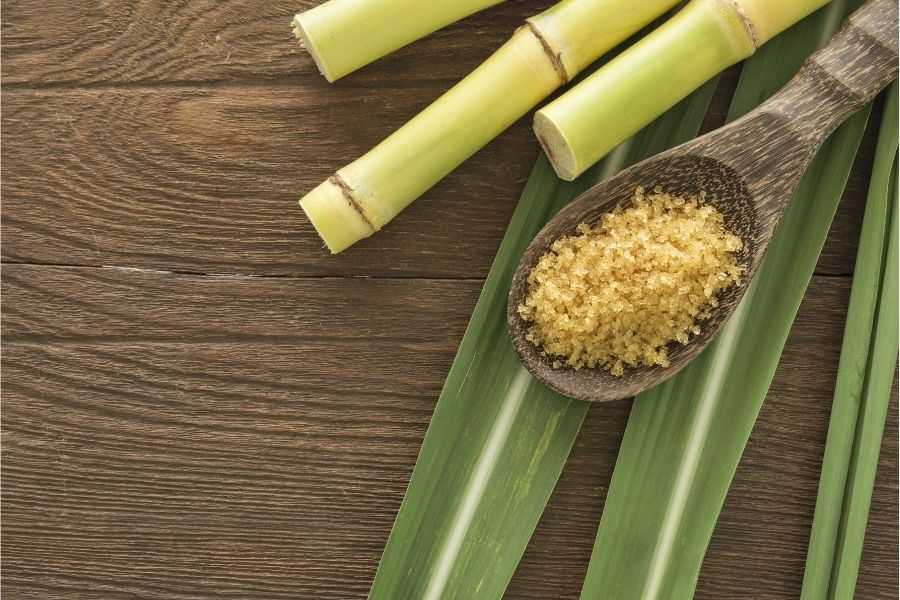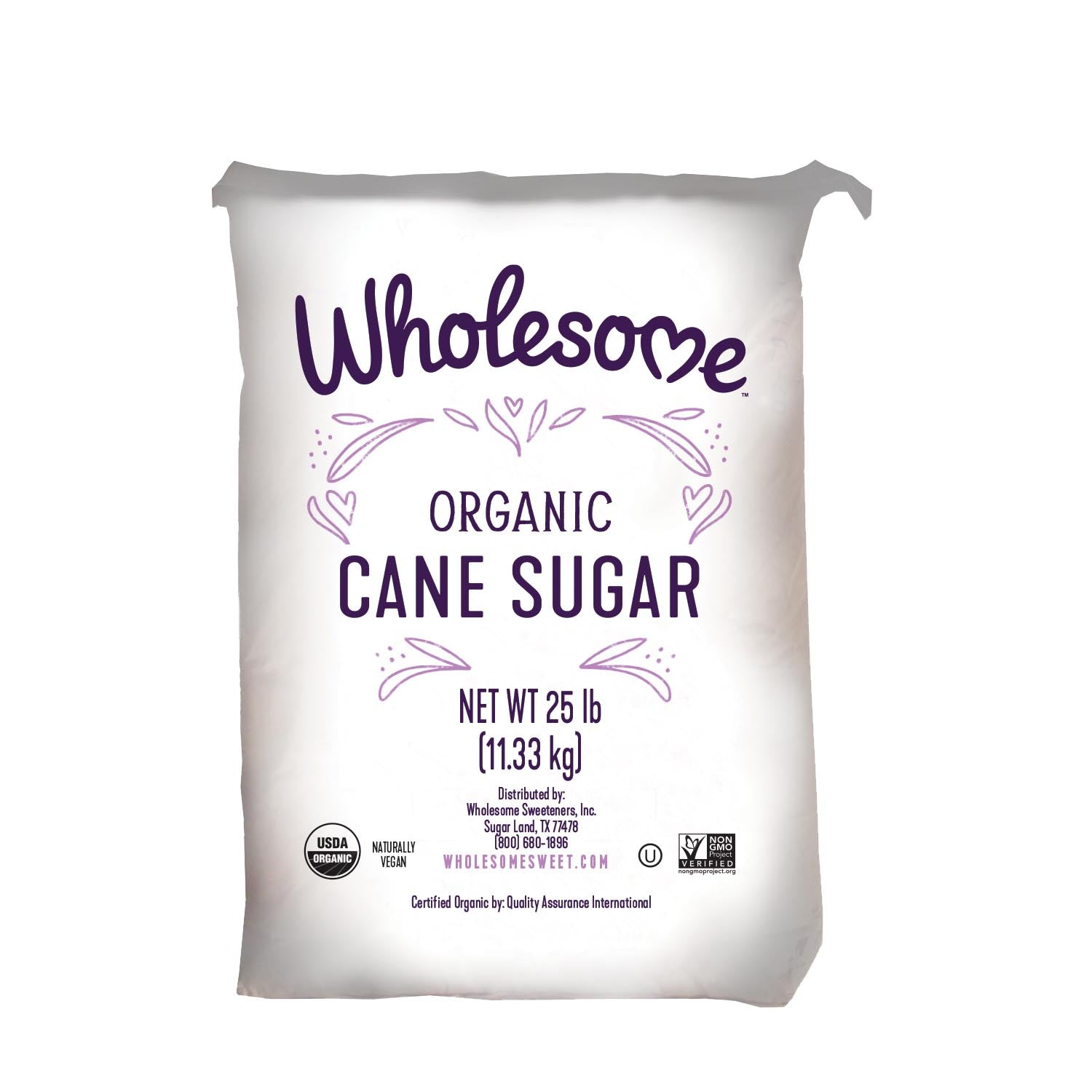Discovering the Comprehensive Tips Involved in Walking Stick Sugar Handling From Harvesting to Refinement
The procedure of walking stick sugar manufacturing encompasses a collection of detailed actions, starting with the cautious harvesting of sugarcane and finishing in the improvement stages that guarantee the final item fulfills sector criteria. Each phase, from the removal of juice to the filtration and formation processes, plays an essential function in identifying the high quality and personality of the sugar. Recognizing these phases not only highlights the intricacy of sugar production but likewise elevates essential questions regarding efficiency, sustainability, and advancement in the industry. What implications do these variables have for future practices?
Collecting Sugarcane
Harvesting sugarcane is a critical action in the walking cane sugar handling chain, as it directly affects the quality and return of the final product. Correct timing and strategies are important throughout this phase to ensure optimal sugar web content and reduce losses. Generally, sugarcane is harvested when it gets to maturation, usually 12 to 18 months after planting, identified by a high sucrose focus.

Post-harvest, the sugarcane must be processed quickly to avoid sucrose degradation. Ideally, gathered cane must be carried to processing centers within 24 hr to maintain sugar top quality. As a result, efficient logistical preparation is essential to maintain the honesty of the harvested plant throughout the supply chain.
Removal Refine

The crushed walking cane is subjected to a collection of pressing operations to make the most of juice recovery. Normally, warm water is sprayed onto the smashed cane, creating a countercurrent circulation that assists liquify the sugar while additionally helping in the extraction procedure. The juice gathered from this procedure has not only sugar yet additionally numerous natural substances and impurities.

To improve extraction effectiveness, some centers may employ diffusion approaches, where the sugarcane is soaked in warm water, enabling the soluble sugars to diffuse into the fluid. The resulting juice, rich in sucrose, is then guided to subsequent handling phases, laying the structure for purification and refinement. The removal process is therefore pivotal in determining the high quality and yield of the last sugar item.
Filtration Methods
The purification techniques used in walking cane sugar handling are necessary for transforming the raw juice right into a top quality sugar item. These methods largely intend to remove contaminations, such as soil, plant products, and inorganic compounds, which can detrimentally affect the final item's taste and shade.
One of the most common purification strategies is clarification. This process involves adding lime and warmth to the raw juice, which assists in the coagulation of pollutants. The resulting precipitate is then eliminated via sedimentation or filtering, yielding a more clear juice. In click reference addition, the use of phosphoric acid can boost the clarification process by further binding impurities.
Another significant method is carbonatation, where co2 is presented to the cleared up juice. This response generates calcium carbonate, which captures continuing to be impurities and advertises their elimination.
Additionally, activated carbon treatment might be put on adsorb any kind of staying colorants and organic contaminations, making certain a more refined item. The combination of these approaches effectively prepares the sugar juice for subsequent actions in the refining process, setting the stage for the manufacturing of high-quality cane sugar.
Formation Techniques
After the filtration stage, the next important step in walking stick sugar processing entails condensation methods, which play an essential role in transforming the cleared up juice right into solid sugar. This process commonly employs 2 primary methods: spontaneous crystallization and controlled condensation.
In spontaneous condensation, supersaturated sugar solutions are enabled to cool down naturally, leading to the development of sugar crystals over time. This method allows for the consistent growth of sugar crystals and higher purity.
During condensation, the cleared up juice is concentrated with evaporation, raising its sugar web content until it reaches supersaturation. As soon as this point is attained, either approach can assist in the crystallization process. Cane Sugar Processing. The resultant sugar crystals are then separated from the continuing to be syrup via centrifugation
Ultimately, the selection of formation method influences the quality, dimension, and purity of the final sugar item, making this step necessary in the general cane sugar processing procedure.
Refinement and Packaging
Just how can the purity and high quality of walking cane sugar be even more enhanced after crystallization? The improvement process plays a vital function in achieving premium walking cane sugar.
Next, the sugar undergoes a process called centrifugation, where it is rotated at high speeds to separate the detoxified sugar crystals from the continuing to be liquid. After centrifugation, the sugar is typically further fine-tuned with a method called carbonization or phosphatation, which uses turned on carbon or phosphoric acid to eliminate color and off-flavors.
Once fine-tuned, the sugar is dried to accomplish the desired dampness content, ensuring that it stays stable throughout storage and transportation. The last action entails packaging the great post to read refined sugar in moisture-proof and closed containers to keep its high quality and prevent contamination. Cane Sugar Processing. Correct packaging not just prolongs service life however likewise promotes simple handling and circulation, guaranteeing that customers receive sugar that fulfills the highest possible standards of pureness and top quality
Final Thought
The thorough steps included in walking stick sugar processing, from the meticulous harvesting of sugarcane to the elaborate refinement and product packaging stages, emphasize the significance of each stage in making certain premium sugar production. Optimum harvesting methods, efficient extraction techniques, and rigorous purification procedures collectively add to the end product's pureness and security. The crystallization and subsequent product packaging practices better boost the stability and life span of the sugar, highlighting the complexity and precision fundamental in this vital agricultural market.
The procedure of cane sugar manufacturing encompasses a series of detailed actions, beginning with the careful harvesting of sugarcane and culminating in the improvement phases that make certain the last item meets sector requirements. have a peek here Preferably, harvested walking stick needs to be transported to refining centers within 24 hours to maintain sugar high quality.In spontaneous formation, supersaturated sugar options are allowed to cool naturally, leading to the formation of sugar crystals over time - Cane Sugar Processing. The refinement process plays a critical duty in accomplishing high-quality walking stick sugar.The thorough actions entailed in walking cane sugar handling, from the meticulous harvesting of sugarcane to the elaborate improvement and product packaging stages, highlight the value of each phase in making certain premium sugar manufacturing